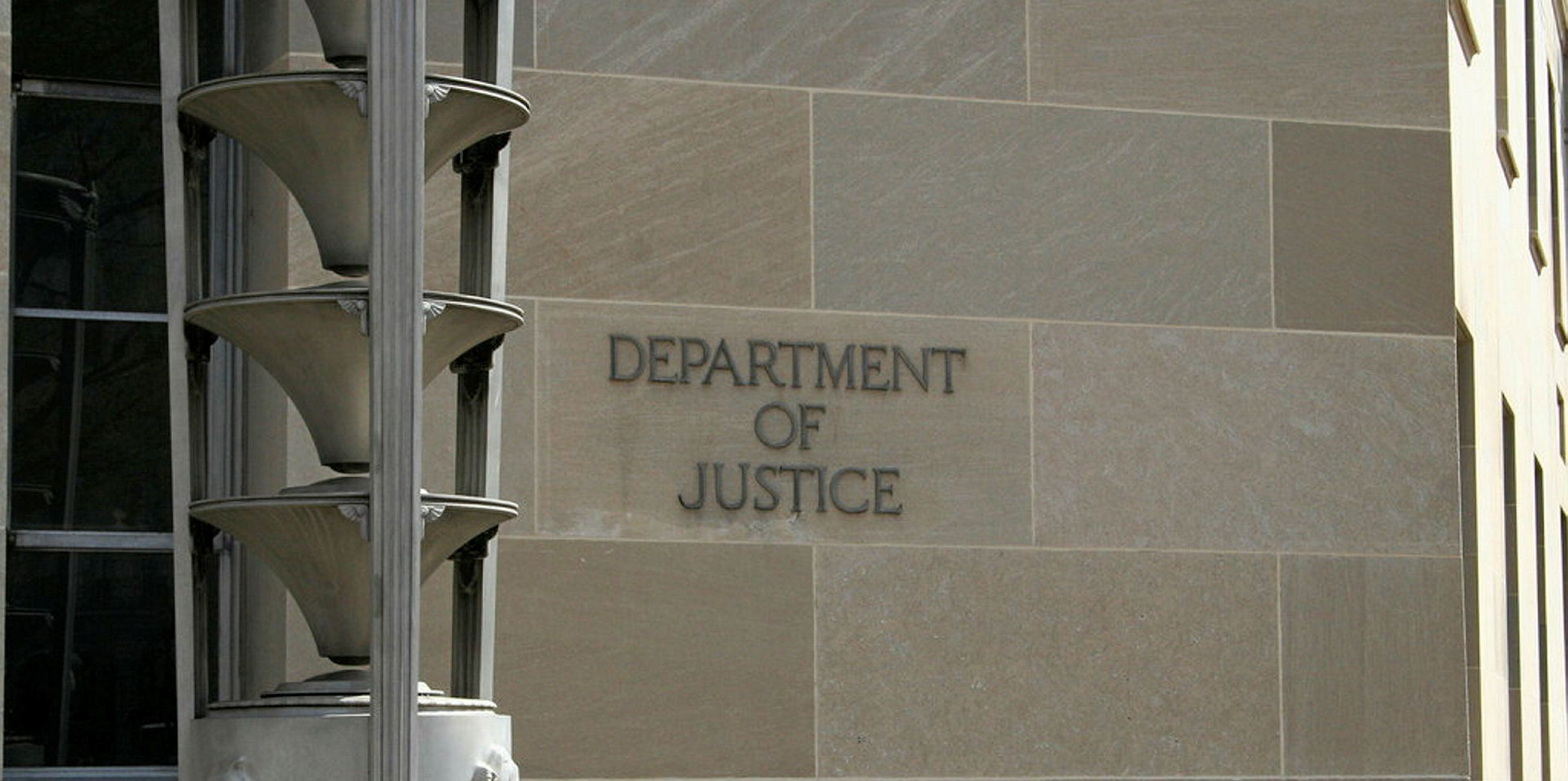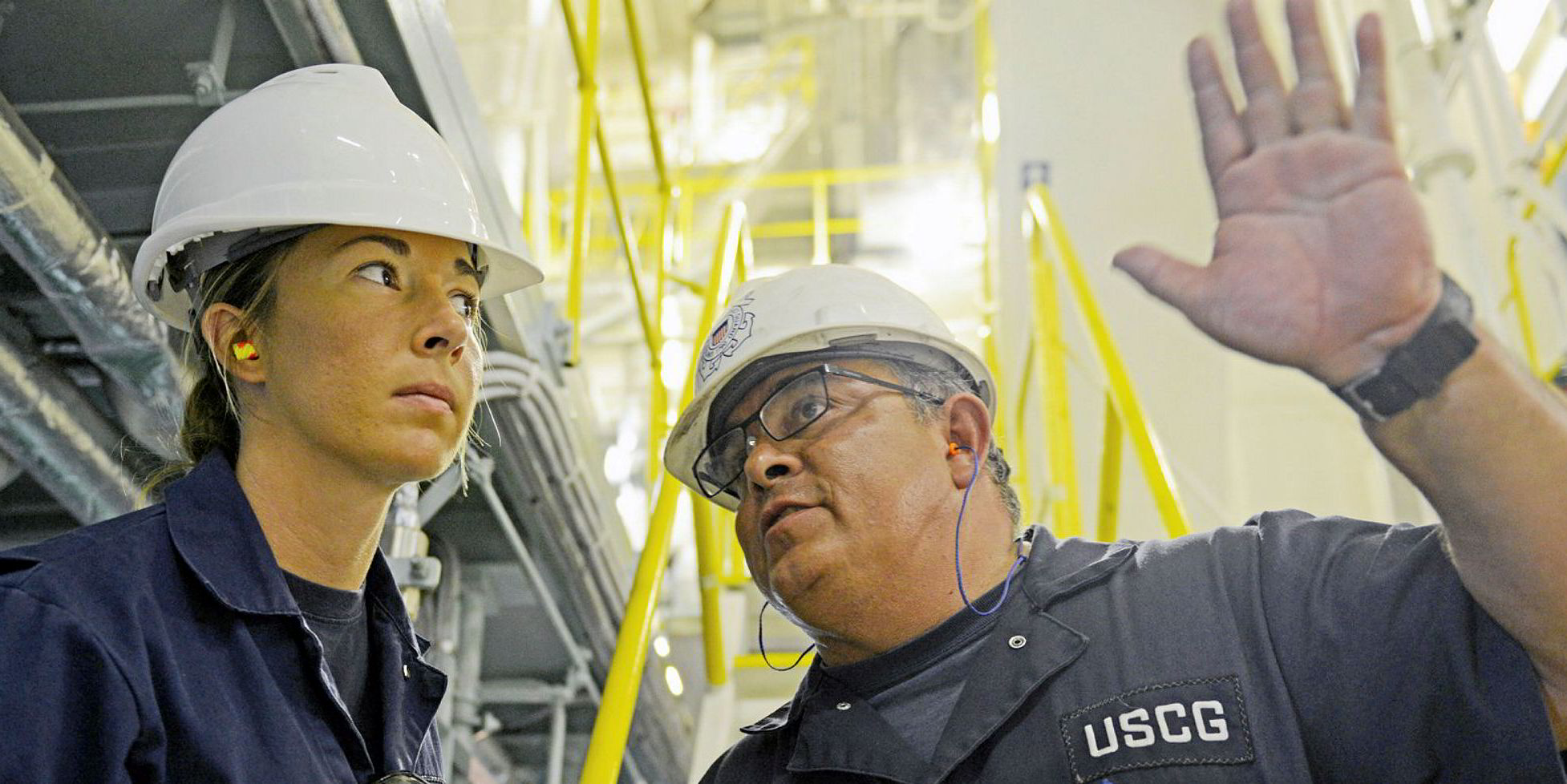The freight train known as IMO 2020 is upon us. Shipping has begun the Herculean task of curbing sulphur emissions by 80%, in what most observers believe is a long-overdue alignment with global environmental trends.
In layman’s terms, it is not unlike the Americas switching from leaded to unleaded gasoline, catalytic converters, mufflers and emissions compliance. For the US, that change was swiftly precipitated by the energy crisis of the 1970s.
For the international shipping industry, too, that time has come — not instigated by an oil crisis, but by social mores and heightened environmental awareness.
On 1 January, the cap on the amount of sulphur allowed in vessel fuel dropped from 3.5% to 0.5%. Even the use of scrubbers, while not currently banned under IMO 2020 regulations, is being challenged by environmental groups.
Now comes the question of enforcement.
Lessons from the past
In the US, the question of how IMO 2020 will affect the protection and indemnity, and hull and machinery insurance sectors is key. For an example of what such a shift in environmental concern will look like once it becomes law, search no further than the Oil Pollution Act of 1990 (OPA90).
As with OPA90, many people believe that IMO 2020 legislation and regulation will be slow to be enacted and enforced, but those coming laws and rules are indicative of a sea change in the maritime field.

While the maritime legal community has its finger on the pulse, it is important to be mindful of the past. With OPA90, the community underestimated the appetite of American lawmakers, agencies and municipalities, activist and special-interest groups, as well as the media, to act.
Their interest in leveraging the passage of the law, and the opportunity it presented, along with many facets that could not be predicted, gave birth to new market sectors, businesses and sub-sectors — a cottage industry and a revenue source for parties with vested interests in those areas.
We expect to see IMO 2020 as the first wave of a future tide of regulatory and legislative change in the US
This is in addition to the expected rise in costs of the already more expensive distillate fuels.
As correspondents to many of the leading P&I clubs, owners, operators, agents and the like, Lamorte Burns & Co expects to see IMO 2020 as the first wave of a future tide of regulatory and legislative change in the US.
Federal entities such as the Environmental Protection Agency, US Coast Guard, port state control and the Department of Justice will ramp up enforcement efforts just as quickly as politicians seeking to legislate for the new sulphur reductions.
Doing so is, in their eyes, a quick and easy path to revenue and voter support. For those same reasons, US ports, cities and local and state authorities could be quick to implement law-enforcement efforts.
Complying with new local, state and federal laws will keep maritime and environmental lawyers busy.

We expect the tsunami to move slowly in the beginning, as tsunamis do. Significant fines and vessel delays are the low-hanging fruit, and billowing funnels provide “probable cause” for every vested party and special-interest group to become environmental warriors.
We would caution you not to underestimate the long-term impact of IMO 2020 on the maritime business.
Harold Halpin is chairman and chief executive of maritime consulting and adjusting firm Lamorte Burns & Co





